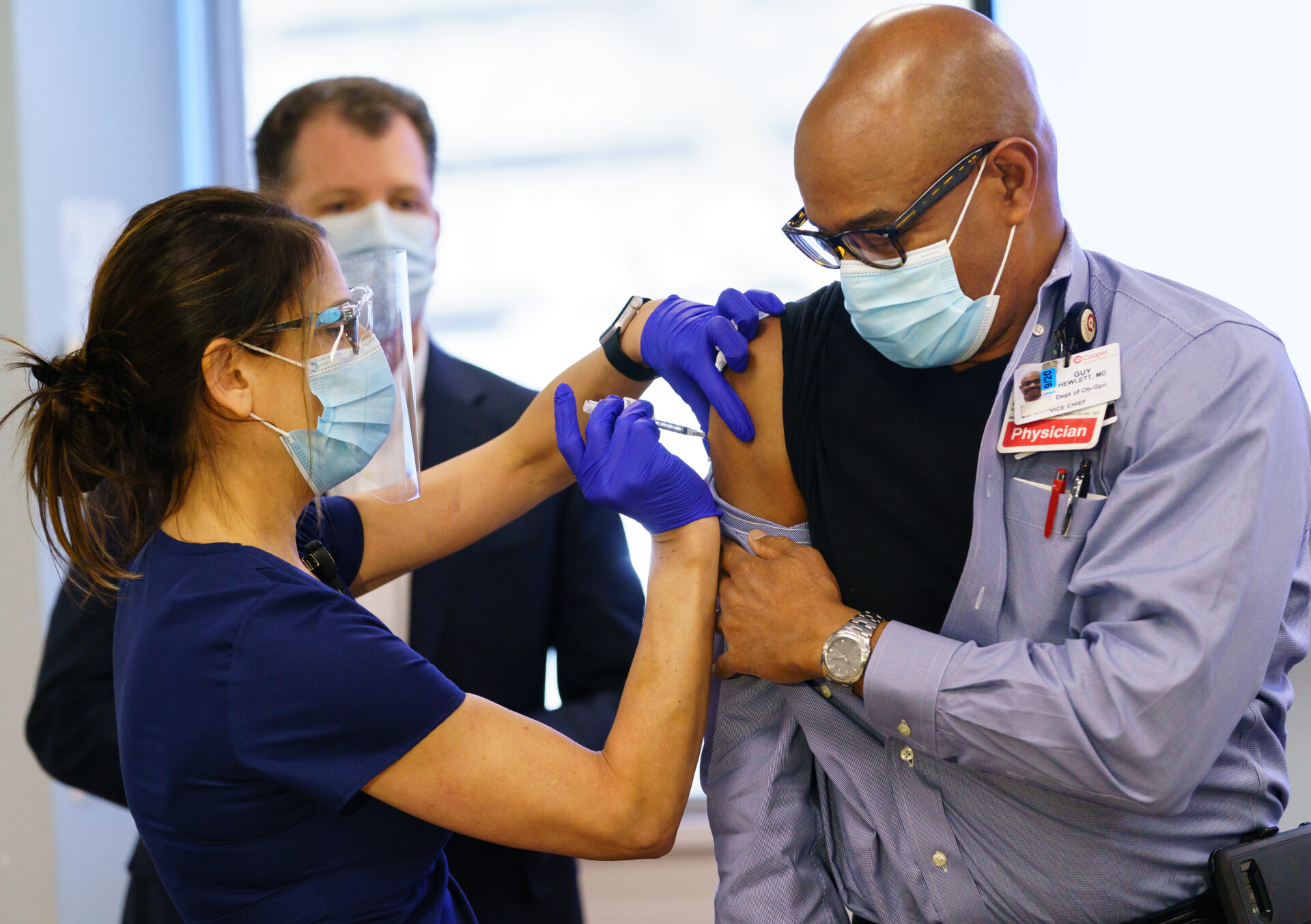
In an increasingly complex environment due to the COVID-19 pandemic, workplaces have been forced to create or develop viable measures to respond, react and recover from different hazards quickly and effectively.
The pandemic has revealed the strengths and weaknesses in the corporate sector and their ability to respond to a crisis as it arises. Successful workplaces have managed to suppress the transmission of the virus keeping their employees safe and confident so they can go on with their daily operations being productive.
However, a wide range of workplaces still lack the know-how when it comes to protecting their employees against the virus, according to WHO workplace actions policy brief 2021, there has been a lack of consistency in national and sub-national policy recommendations to guide workplaces on how to prevent transmission and protect workers from COVID-19, this in return has negatively affected the productivity of their employees due to worry and fear of contracting the virus at work.
It is the responsibility of workplaces to come up with comprehensive action points which protect employees to mitigating transmission in the workplace, some of the measures include encouraging the transition to remote work, implementing safety and health measures at the workplace, Routine screening of at-risk workers, and Plan for a gradual and safe workplace reopening among others.
Reducing face-to-face contact is an important action to mitigate the impact of COVID-19. According to the International Labour Organization (ILO), around 68 per cent of the world’s total workforce, including 81 per cent of employers, are currently living in countries with recommended or required workplace closures. In this new environment, employers have to be able to adapt and make contingency plans to respond to new measures as they arise. Many companies are exploring working from home (WFH) as a temporary or alternative working arrangement.
Encouraging employees to transition to remote work reduces physical interaction making them less likely to be exposed to the virus at work, this is because they aren’t interacting with colleagues and external parties when commuting to work. On the other hand, this helps the administration keep the office disinfected at this time of high risk.
Another strategy to implement is putting down safety measures to prevent transmission at the workplace. Taking advantage of employees’ absence from the office, workplaces need to establish safety precautions such as disinfecting and cleaning the office on regular basis. According to WHO COVID-19 and food safety: guidance for food businesses, the survival of the COVID-19 virus on different surfaces reported that the virus can remain viable for up to 72 hours on plastic and stainless steel, up to four hours on copper, and up to 24 hours on cardboard.
Keeping employees routine screening is also a strategy to keep things under control at any workplace, this gives the confidence that everything is in check and that the employees are taken care of. This strategy works when it comes to showing care to employees and their environment.
These are just some of the measures workplaces can put and they are not limited when it comes to health. At this moment of crisis, workplaces need to keep employees informed about the risks of the COVID-19 and come up with guidelines on how to keep safe always. They are also supposed to use these guidelines in their business activities not only while under the current state of emergency declaration, but also after the pandemic until the risk of infection of COVID-19 has been reduced and the health, safety, and security of the business.









